5 Amazing Technologies That Are Revolutionizing Biotech

The Singularity
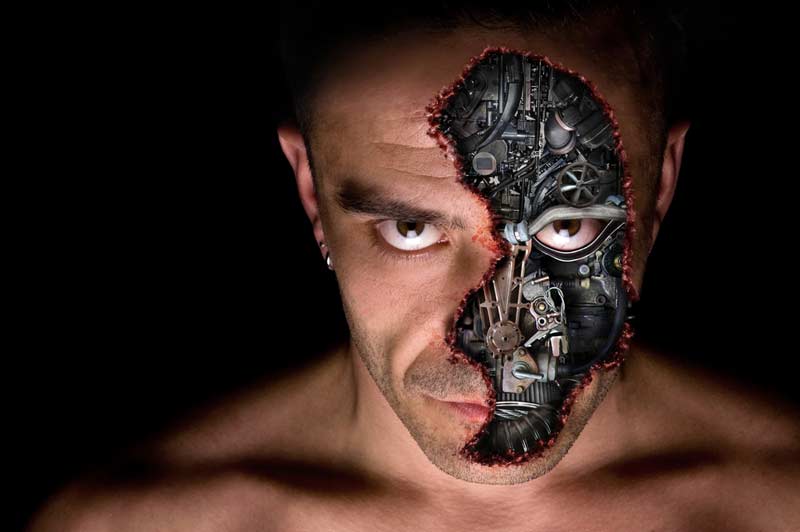
Biology and technology are progressing in rapid synergy with one another, bringing about startling advances in fields ranging from medicine to neuroscience to computing.
Scientists, futurists and transhumanists gathered at the Global Future 2045 International Congress in New York June 15-16, to discuss how these technologies are paving a path toward digital immortality.
Here are some of the incredible technologies that are bringing humanity closer to the technical singularity, the point at which technology will exceed human brainpower and "superintelligence" will emerge. [Super-Intelligent Machines: 7 Robotic Futures]
Amazing Androids
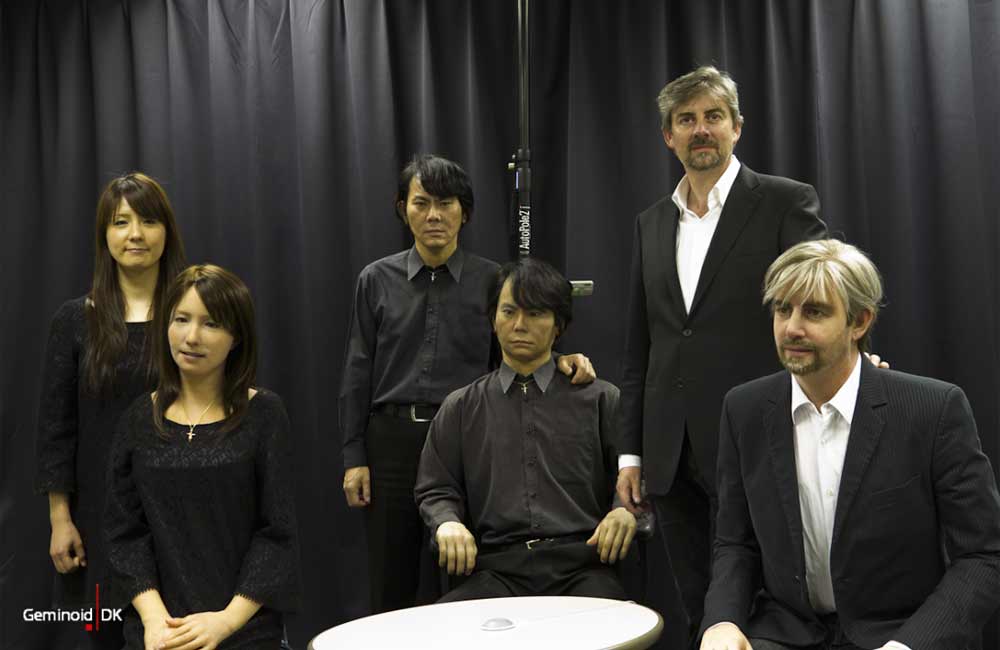
From HAL in "2001: A Space Odyssey" to the Terminator, robots have long captured the public's imagination. But imagination is giving way to reality, with the development of increasingly lifelike androids. Japanese roboticist Hiroshi Ishiguro, director of the Intelligent Robotics Laboratory at Osaka University, Japan, demonstrated an advanced android clone of himself at the Global Future 2045 congress in June 2013, for instance. The android couldn't completely pass for humans though … at least, not yet. [5 Reasons to Fear Robots]
Androids of the future may mix seamlessly with flesh-and-blood humans, acting as pals for kids and perhaps even marital or sex partners, some have speculated.
Brain-Computer Interfaces
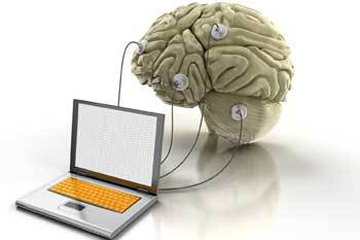
Brain-computer interfaces (BCIs) or brain-machine interfaces, have progressed significantly in recent years. Some BCIs aim to restore mobility to people who are paralyzed by spinal cord injury, stroke or brain disease. Others aim to restore senses like sight or hearing. Researchers are even developing BCIs now to restore memory.
BCIs implanted in the brain's motor areas can record the electrical signals that represent particular movements. A computer decodes the signals and uses them to control a computer cursor or prosthetic limb. At the Global Future 2045 congress, engineers José Carmena and Michel Maharbiz of the University of California, Berkeley described their work to create stable, long-lasting, completely wireless BCIs.
Also at the conference, neural engineer Theodore Berger of the University of Southern California in Los Angeles spoke about developing a memory prosthesis. The device would replace part of the brain's hippocampus, where short-term memory is converted to long-term memory. So far Berger has had success in rats and monkeys, and he's currently testing the device in humans.
Bionic Limbs
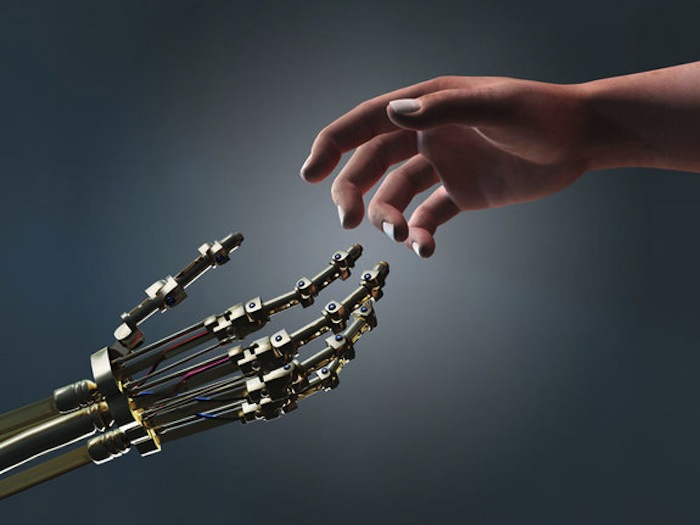
Darth Vader's robotic body may be closer to reality than people think. Today's prosthetic limbs are remarkably advanced. The so-called "Luke" arm — named after Luke Skywalker's prosthetic arm in "Star Wars" and made by inventor Dean Kamen's company DEKA — is one of the most sophisticated bionic limbs available. The arm is controlled via a foot-operated joystick, and provided vibration feedback about the hand's grip strength.
At the Global Future 2045 congress, Englishman Nigel Ackland demonstrated his Bebionic 3 artificial hand, which rivals the Luke arm in that it uses signals directly from the upper arm muscles to control the hand, as opposed to a foot joystick. Ackland, who lost his real hand in an industrial accident, said his Bebionic hand has improved his life tremendously.
Thanks to brain-computer interfaces, some bionic arms can now be controlled directly by the brain. The next challenge is delivering sensory feedback from the prosthetic limb, scientists say. [Bionic Humans: Top 10 Technologies]
Optogenetics

Optogenetics is a recently developed technique for controlling the activity of individual neurons. One of the technique's early developers, Ed Boyden of MIT, described how it works in a talk at the Global Future congress.
Neuron signals are triggered by the movement of charged atoms, or ions, through channels in their cell membranes. Some kinds of algae and other organisms possess light-sensitive channel proteins, encoded in their DNA by specific genes. Using methods from the field of gene therapy, scientists can inject these genes into an animal's neurons, making the cells "turn on" or "turn off" in response to light. Using optogenetics, researchers can go beyond observing brain activity to actively manipulating it. For instance, by turning on olfactory neurons, scientists could cause an animal to "smell" light — in other words, neurons normally activated by odors now responded to a light signal.
Molecular Computers
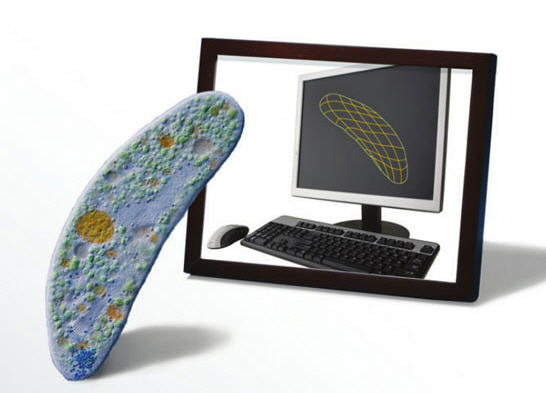
The computers of the future may not be made of silicon, but of DNA. By some metrics, DNA computers are already many times better than traditional ones, said George Church, a geneticist at Harvard Medical School, at the Global Future 2045 congress.
DNA is an information-rich molecule, and can be used for computing in a variety of ways. Computer chips are constructed using logic gates (such as AND, OR and NOT) that perform mathematical functions on given inputs. Similarly, these gates can be built from DNA, and connected up to run computations inside cells.
Sign up for the Live Science daily newsletter now
Get the world’s most fascinating discoveries delivered straight to your inbox.











